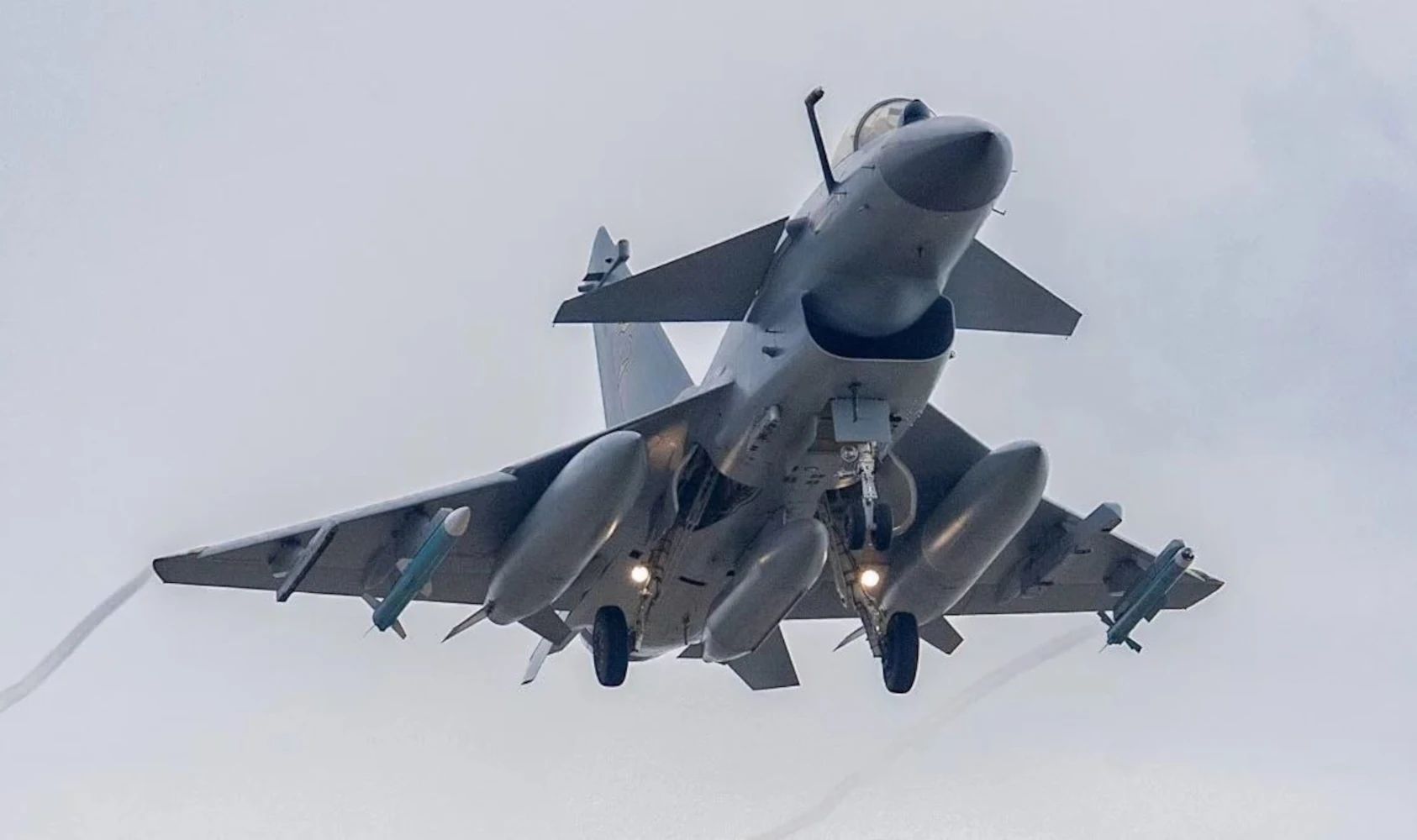China-Israel Join Forces in J-10 ‘Vigorous Dragon’ Fighter Project?
Israel Aerospace Industries (IAI) and Chengdu Aircraft Corporation (CAC) established cooperation at the early stages of the J-10 "Vigorous Dragon" fighter program, which ultimately led to China's successful development of the J-10 "Vigorous Dragon" prototype aircraft.
(DEFENCE SECURITY ASIA) — The launching of China’s J-10 “Vigorous Dragon” fighter jet in 1998 was considered a historic moment for the Asian country as it marked the first fighter aircraft development program for the aspiring superpower.
However, China’s fighter jet development program is said to have received “assistance” in the form of unexpected technical support from Israel, considered a close ally of the China’s nemesis, the United States.
Israel, which has been described as United States’s satellite country, was alleged to have provided technical assistance to China, to enable its defense industry to develop its own fighter aircraft.
The development and launching of J-10 “Vigorous Dragon” was a significant achievement for China at the time.
The “relationship” between Israeli defense contractors and China is said to have begun around the same time both countries established diplomatic relations in 1992.


Cooperation was established between Israel Aerospace Industries (IAI) and Chengdu Aircraft Corporation (CAC) at the early stages of the program, ultimately leading to China’s successful development of the J-10 prototype fighter aircraft.
The J-10 fighter jet is said to closely match the capabilities of Western and Russian fourth-generation fighter aircraft.
Reports suggest that Israel quietly shared secret information about the LAVI fighter jet, an Israeli aircraft developed in the 1980s with technology and financial support from the United States.
The development of the Israeli fighter jet LAVI was discontinued early in the program after Washington halted its financial aid, as it did not want to develop an aircraft that would compete with the one it was building.
The Israeli fighter jet program incorporated many technologies from the United States, including those found in the F-16 “Fighting Falcon” fighter aircraft developed by Lockheed Martin.

According to reports, there is a possibility that the Chinese J-10 fighter jet incorporates U.S. technology in avionics, composite materials, and some flight control components.
Military analysts suggest that Israel’s influence on China’s J-10 fighter jet is particularly evident in the design of the “canard-delta” configuration.
However, in terms of size, modified wing design, and other factors, differences exist between the J-10 fighter jet and the LAVI.
In addition to the “collaboration” regarding the development of the J-10 fighter jet, Israel and China are also reported to have a relationship on the development of the air-to-air guided missile technology, particularly the “Python-3,” developed by an Israeli company.
In 1989, a Chinese company, Xian Aircraft Corporation, developed the air-to-air guided missile “PL-8,” which is reported to be a variant of the Israeli “Python-3” air-to-air guided missile.

The “PL-8” air-to-air guided missile is still in use today.
Furthermore, there are reports that Israel transferred Doppler radar technology E/LM -2035, along with its variants, which are still used in Chinese J-8 and J-10 fighter aircraft, as well as the “Tamam” Inertial Navigation System.
In the 1980s, Western defense companies shared defense technology with China as part of an effort to balance the influence of the Soviet Union at that time.
However, defense cooperation between the West and China ended shortly after the Tiananmen Square incident in 1989. — DSA

DEFENCE SECURITY ASIA APPS
To advertise contact admin: haikalhamas73@gmail.com


Comments are closed.